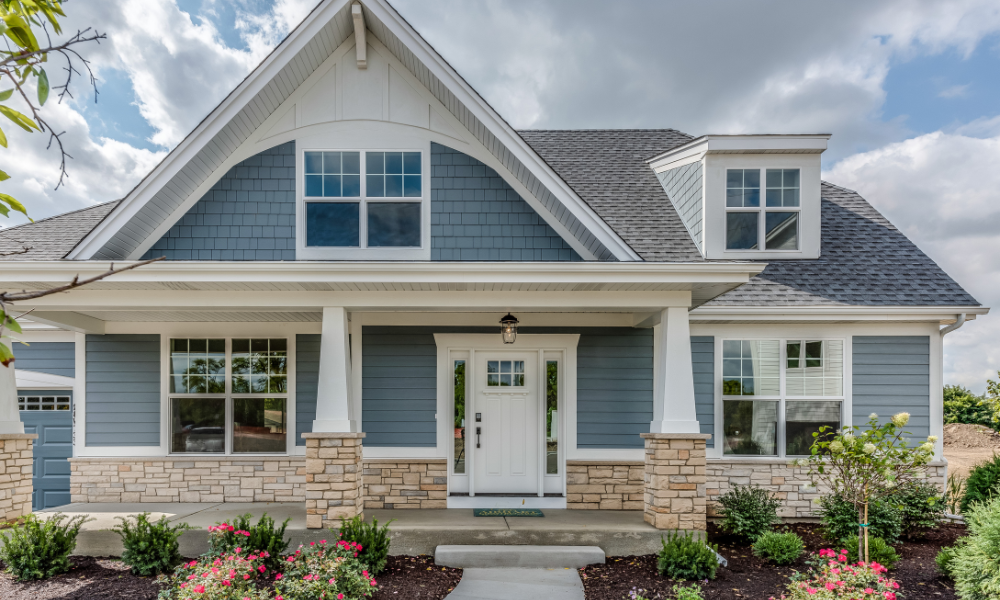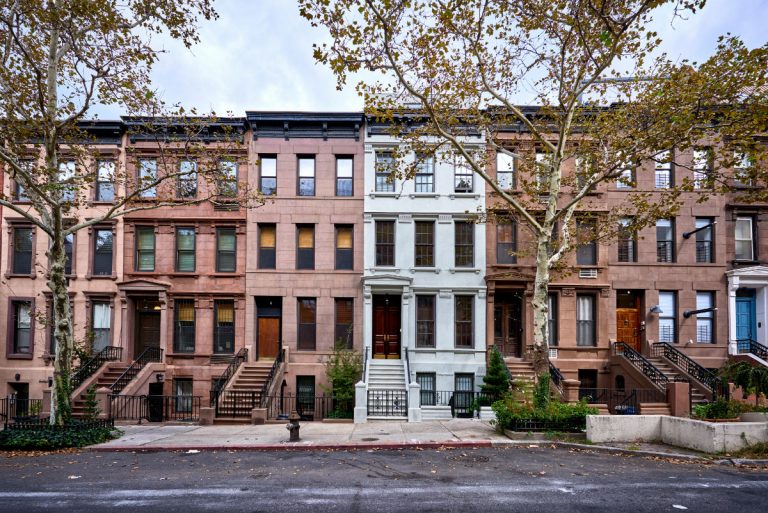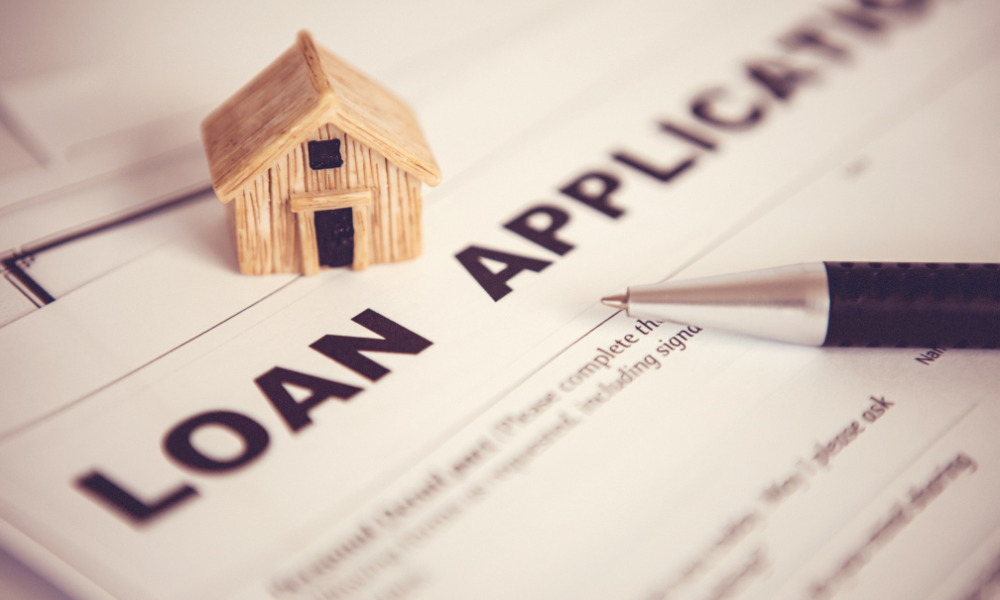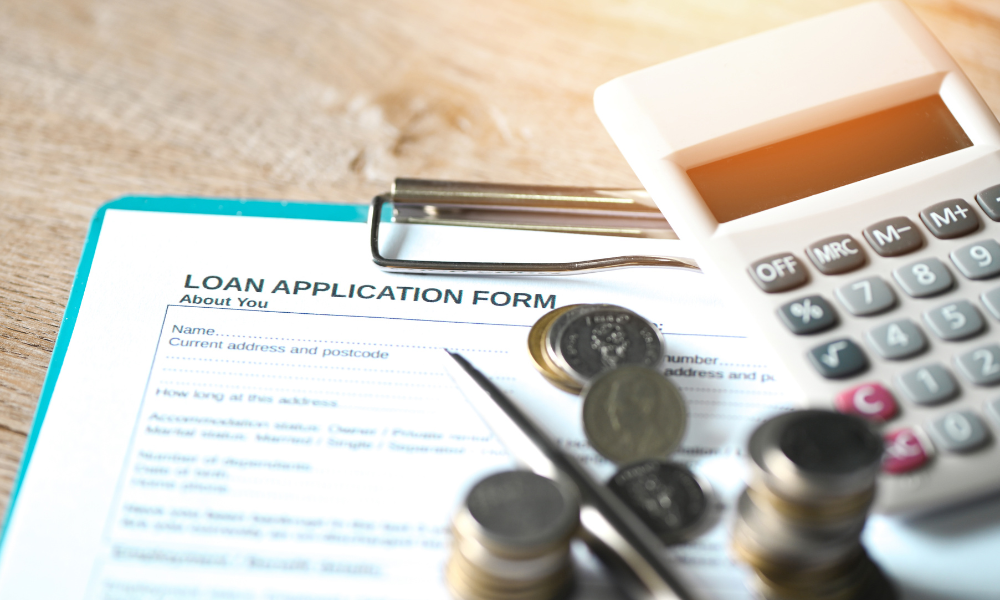If you apply for a mortgage, you may expect a lender to consider different aspects when evaluating your application. Two very important factors include your employment and income, given that both play crucial roles in your ability to repay the money you borrow. From a lender’s perspective, it is important to establish that you have a steady source of adequate income. So, can you get a mortgage after a new job, and if so, how do you go about the process?
Can I Get a Mortgage if I Just Started a New Job?
The short answer to whether you can get a mortgage if you’ve just started a new job is yes, although this depends on the type of job change. For example, if a lender finds your job change acceptable for qualification, you might not face any problems with your application. However, getting approved for a mortgage can be challenging if a lender feels your job change is not acceptable.
Acceptable Changes
If your overall work history is over two years and you’ve maintained a steady career before your last switch to a higher-paying job in the same industry, you should be good to go. The added income might even work as a benefit. Lenders also view promotions within the same company or a move to a higher position in a new company in positive light.
Looking to Purchase a Home on Long IslandContact Us
Inappropriate Changes
Moving from a salaried job to a bonus- or commission-based structure, even if it means earning more money, might not hold much ground at an underwriter’s table. You may expect the same if you break your work history’s paper trail in any other way, like switching from being a W-2 employee to a self-employed individual.
A lender might view a preset termination date in your new job’s contract as a red flag, especially if it does not extend beyond five years. Other inappropriate job changes that can hamper your chances of qualifying for a mortgage include moving to a lower position or a different industry, or switching to a job that does not come with a hike in pay or a higher position.
Prepare to Explain the Change
If you’re wondering how to get a mortgage after a new job, remember that you need to be ready to explain the change to your lender. This is because your lender will want to know how your decision will affect your ability to make your mortgage payments.
- Changing industries. While lenders typically view job switches across industries as a risk factor, it does not have a negative effect in all instances. For example, if you worked in the construction industry for several years and earned a degree from a culinary institute at the same time, then transitioned to being a chef at least 12 months ago, and now make more considerably money than before with consistent hours/pay, your application may well stand a chance.
- Salary to commission. When lenders look at employment and income, they’re essentially looking for consistency and stability. Given that a salary pretty much translates into predictability, shifting from a salaried job to commission-based income causes lenders to be wary. Justifying this switch will require demonstrating that you stand to earn more money and have better career prospects, while also showing a history of commissions for at least 12 months.
How Long Do You Have to Be at a Job to Get a Mortgage?
Underwriters verify your income and employment by looking at documents related to your work history for the preceding two years. These include recent pay stubs, tax returns, and W-2s or 1099s, and sometimes, tax returns and verification of employment (VOE) from your employer. Typically, applicants who have worked for the same employer for at least two years find it easier to get past this hurdle.
So, how long do you have to be at a job to get a mortgage? The answer depends on different factors and can vary from 12 months to two years. If your job or industry has remained unchanged for the last two years, you should not face any problems on this front. However, if this is not the case, your lender might seek additional explanation and documentation surrounding:
- Reasons for the latest switch.
- Reasons for previous breaks in employment.
- Recent hikes in pay.
- The performance of your employer and the industry it belongs to.
- Your educational qualifications.
 Can You Use a Job Offer as Proof of Income for a Mortgage?
Can You Use a Job Offer as Proof of Income for a Mortgage?
Does a job offer count as proof of income? Yes. However, it needs to meet different conditions so you may use it to qualify for a mortgage. When people who apply for home loans use job offers as proof of income, underwriters rely on them to determine future earnings, while also looking at past earnings and education qualifications (when applicable).
If you plan to qualify for a mortgage based on your job offer, it should ideally demonstrate long-term earning potential and job security. You may think about using a job offer in your mortgage applications if:
- You have moved to a better position in the same industry.
- You move to a lateral role in the same company.
- Your job offer is the result of a recent promotion.
- You are a recent graduate with a job offer that can support your application.
For a lender to consider your job offer as proof of income, it needs to meet these conditions.
- It should be a signed contract.
- It should include a start date.
- Must begin the job and get a regular paycheck prior to loan closing
- It should mention your salary.
- It should not depend on any contingency.
In addition, while a job offer can count as proof of income, you still need to meet other criteria of the underwriting process.
How Lenders View Different Types of Income
The duration of employment notwithstanding, lenders also look at the type of qualifying income you earn, and they break it down into four basic categories.
- Salary: An annual salary lets lenders calculate your qualifying income easily; all they have to do is divide your gross annual salary by 12.
- Hourly: Calculating qualifying income under this bracket can get tricky, especially when it comes to non-guaranteed work hours. In this case, lenders typically rely on two-year averages based on the preceding two tax returns. With guaranteed work hours, the typical method to follow is to multiply the work hours by the hourly rate and then annualize.
- Variable: Income from commissions, bonuses, and overtime falls under this bracket. While most lenders rely on two-year averages based on previous tax returns, some accept 12-month averages too.
- Fixed: Payments from Social Security, VA disability, pensions, and annuities classify as fixed qualifying income provided they continue for at least three years from the date of your first mortgage payment.
- Year to date income is verified to make sure it is in line as well.
Looking to Purchase a Home on Long IslandContact Us
Keep an Eye on Your Credit Score and DTI
While your employment and income are big factors in which way your application for a mortgage goes, so are your credit score and debt-to-income ratio (DTI). This is because even if you’ve been at the same job for several years but falter on these counts, the chances of your application’s approval remain slim.
Remember that most lenders look for credit scores ranging from good to excellent, and depending on the type of mortgage you seek, you might need a minimum credit score of 620 or 640. It changes with FHA loans, where the requirement drops to 500 or 580 depending on the down payment amount. However, if you plan to get a mortgage after a new job, the higher your credit score, the better the odds of your application’s approval. Higher credit scores also usually mean lower interest rates and vice versa
Similarly, mortgage providers also look at your debt-to-income (DTI) ratio when making lending decisions. This number indicates how much of your monthly income goes toward servicing your existing debt, and helps lenders determine your ability to repay. Typically, you should have a DTI ratio of 36% or lower. When it comes to getting a mortgage after a new job, the lower this number, the better it is for you.
The Effect of the Down Payment
If you’re wondering how to get a mortgage after a new job, know that making a large down payment can work in your favor. This is because the main reason lenders shy away from providing mortgages to people in new jobs is the perceived risk. If you make a large down payment, you can assuage their fears by reducing the risk they face.
While making a large down payment brings down the principal amount, it also increases the equity you hold in the house. In addition, making a down payment of 20% or more eliminates the need to pay extra for private mortgage insurance (PMI).
But reserves are also a factor. The more assets your have after closing also lowers your risk. Don’t use all your money on the down payment.
 Checklist to Increase the Odds of Success
Checklist to Increase the Odds of Success
Do you have to be at the same job for two years to buy a house? Not necessarily. While working with the same employer for two or more years indicates to lenders that you have a predictable and stable income, what’s more important is your ability to demonstrate that you will be able to make your monthly payments without any problems.
When you apply for a mortgage after a new job, keep these points in mind.
- Prepare to explain why you switched jobs.
- Your new job offer is valid, with a date and signature.
- There is no contingency clause in the job offer.
- You will start your new job prior to closing and receive a paycheck evidencing income.
- You have adequate savings to cover all your expenses until you receive your first paycheck.
- Your new employer is not a family member or a party linked to your intended purchase.
- Don’t add future performance-linked bonuses in your application until they come with an established history.
Recent graduates may use their degrees/transcripts to demonstrate they have the knowledge/skills to perform in their new roles. Veterans applying for VA loans can show how their military service aligns with their new jobs. If you have recently completed advanced certification or training from a trade school, you may mention the same as it can demonstrate a higher earning potential.
Remember that the answer to, “How long after starting a new job can I get a mortgage?” is “almost immediately.” However, you will need to provide the reassurance that a lender needs to approve your application. It is possible that you might face stricter guidelines, given that the lender would want to verify various details.
Consider Getting Pre-Approved
Given that the mortgage application process – from start to finish – can take some time, it’s good to know where to stand in advance, and you may do this by applying for a pre-approval. This is particularly important if you’re starting a new job because you will find out if a lender is willing to consider your application for any given type of mortgage.
If a lender’s answer is in the affirmative, you get to know how much money you qualify to borrow. This allows you to base your search for homes on a predetermined budget. Getting pre-approved can also help at the negotiation table in competitive markets because it indicates that you are serious about making the purchase.
The pre-approval stage is not as intensive as the underwriting process, but it still involves going through your employment history, income, and credit reports, as well as your existing debt and assets.
Conclusion
You probably know by now that the answer to, “How long should you be at a new job before getting a mortgage?” can vary based on different factors. For example, if you have a consistent work history and have moved to a better-paying job in the same industry, you should not face any problems on this front. However, if your new job involves switching industries, you might have some explaining to do or even wait for a few months.
Remember that getting a mortgage after a new job is possible in several scenarios, and if you convince a lender that you’ll be able to make your monthly payments on time, the odds of approval can work in your favor. If you’re unsure about whether you might qualify or need information about the types of mortgages for which you can apply, getting in touch with a reliable mortgage provider might be in your best interest.




 What’s an Interest-Only Mortgage?
What’s an Interest-Only Mortgage?
 What Are Seller Concessions?
What Are Seller Concessions? Seller Concession vs. Price Reduction
Seller Concession vs. Price Reduction
 East Village
East Village What You Need to Know About Buying a Home
What You Need to Know About Buying a Home
 FHA Loans
FHA Loans Should You Buy a Home Without Down Payment?
Should You Buy a Home Without Down Payment?
 Look at Different Types of Mortgages
Look at Different Types of Mortgages Make an Offer
Make an Offer
 6. Rushing the Process
6. Rushing the Process 13. Not Getting a Homebuyer Rebate
13. Not Getting a Homebuyer Rebate
 The Importance of Open Houses for Buyers
The Importance of Open Houses for Buyers Check Storage Space
Check Storage Space

 Should I Rent or Buy a House?
Should I Rent or Buy a House?
 Which Type of Mortgage Is Typically Offered to Seniors?
Which Type of Mortgage Is Typically Offered to Seniors? Income-Based Documents You Need to Apply
Income-Based Documents You Need to Apply